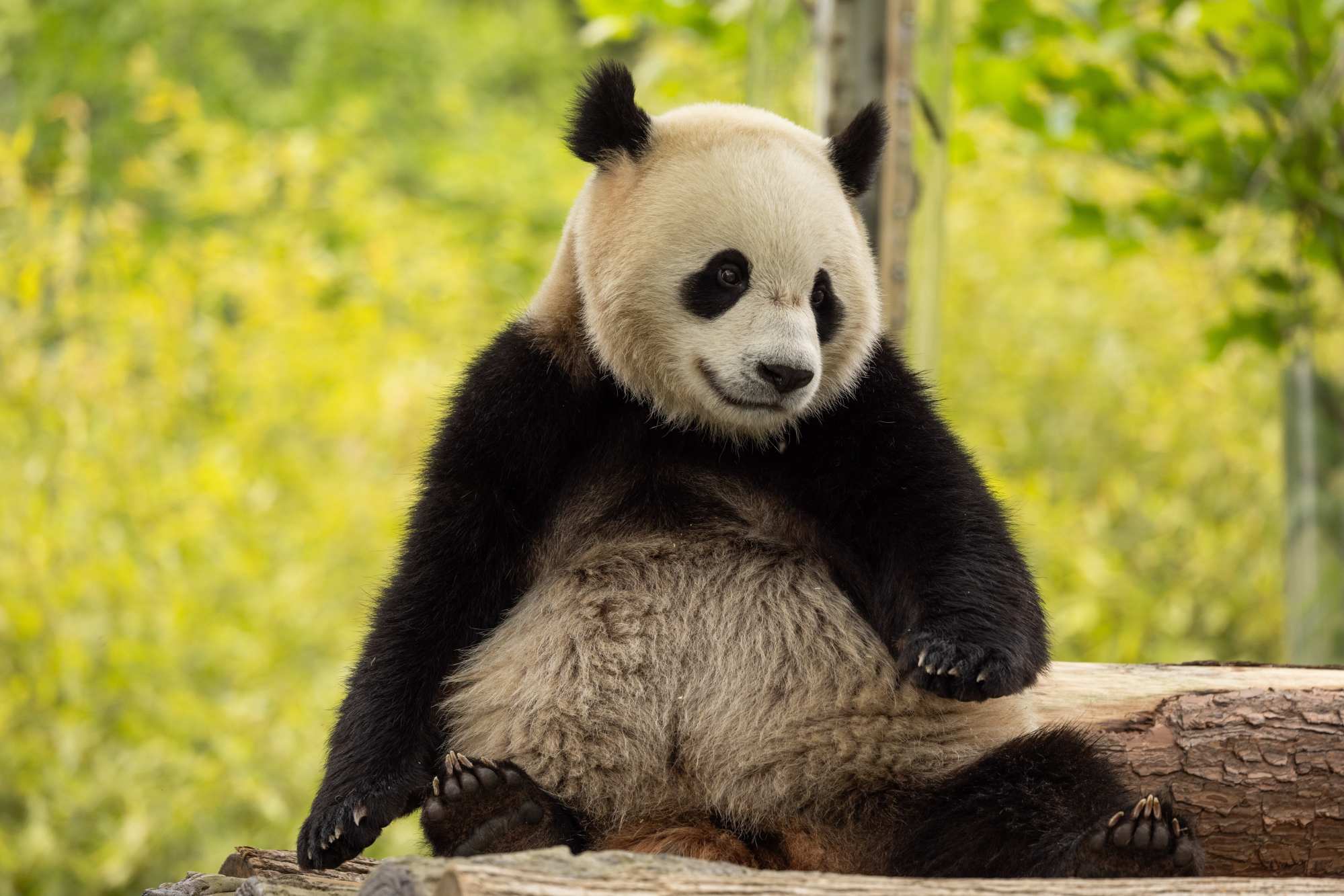Each US-bound bear is two years old: Bao Li is a male giant panda whose name means “treasure” and “energetic”, and female Qing Bao’s name means “green treasure”.
Bao Li’s grandparents are Tian Tian and Mei Xiang, who both lived in the Washington zoo from 2000 until last year. His mother is Bao Bao, who was born at the zoo in 2013.
While a public debut date has yet to be determined, the zoo said the pandas upon their arrival would undergo routine quarantine of at least 30 days and take a few weeks to settle into their new habitat.
US first lady Jill Biden announced the news of the pandas via a lighthearted video in which she was preparing to receive guests who were playfully called “particular”.
When asked about the menu and dietary restrictions for a formal dinner, Brandie Smith, the National Zoo’s director, in the clip said the guests were strict vegetarians and noted they might honk if they felt nervous.
Smith described the zoo as “thrilled” to continue its breeding-and-conservation partnership with Chinese scientists, touting its “irrefutable impact”.
“Through this partnership, we have grown the panda population, advanced our shared understanding of how to care for this beloved bear and learned what is needed to protect wild pandas and preserve native habitat,” she said in a statement.

“As envoys of goodwill, giant pandas have brought joy to many American people over the past five decades,” Xie said.
“Our cooperation on panda conservation has been fruitful. Together, we have successfully bred 17 panda cubs, helping to take pandas off from the endangered list.”
The US zoo on Wednesday said it had signed a new cooperative research-and-breeding agreement with the China Wildlife Conservation Association that is effective through 2034.
Under terms similar to previous agreements, a pair of adults will be sent to the zoo and any cubs born on its premises will move to China by the age of four. They remain under China’s ownership.
Scientists from both countries would conduct joint research in China and at the Washington zoo to find new techniques to boost the health and welfare of giant pandas in captivity and the wild, the zoo said.
They also plan to create bamboo-restoration plots and look into how connected protected areas in the wild support pandas and their neighbours, including the red panda, golden pheasant and snub-nosed monkey.
Additional reporting by Bochen Han in Washington

